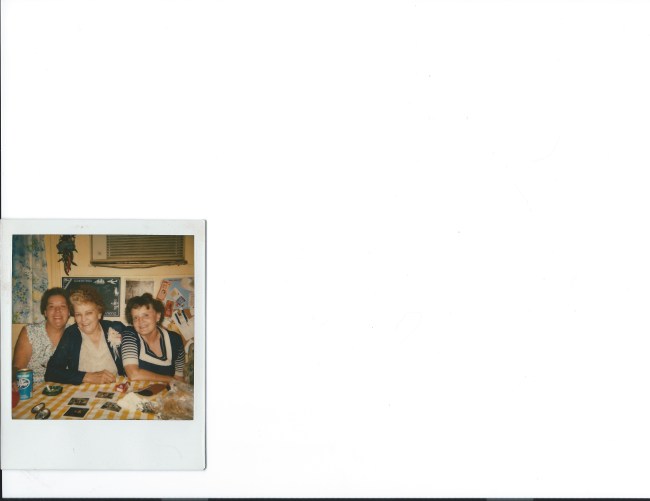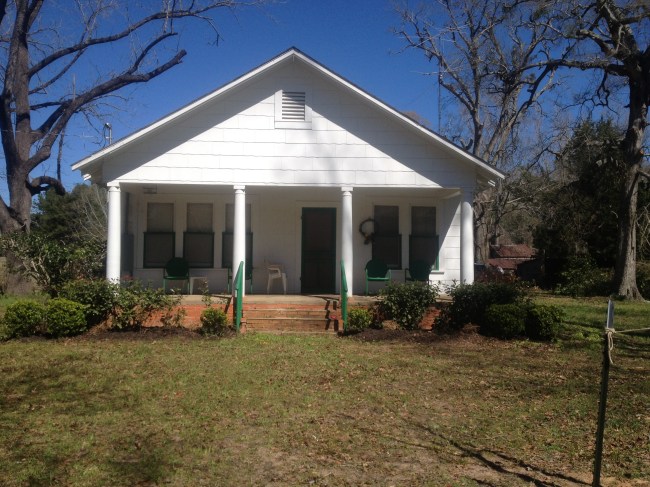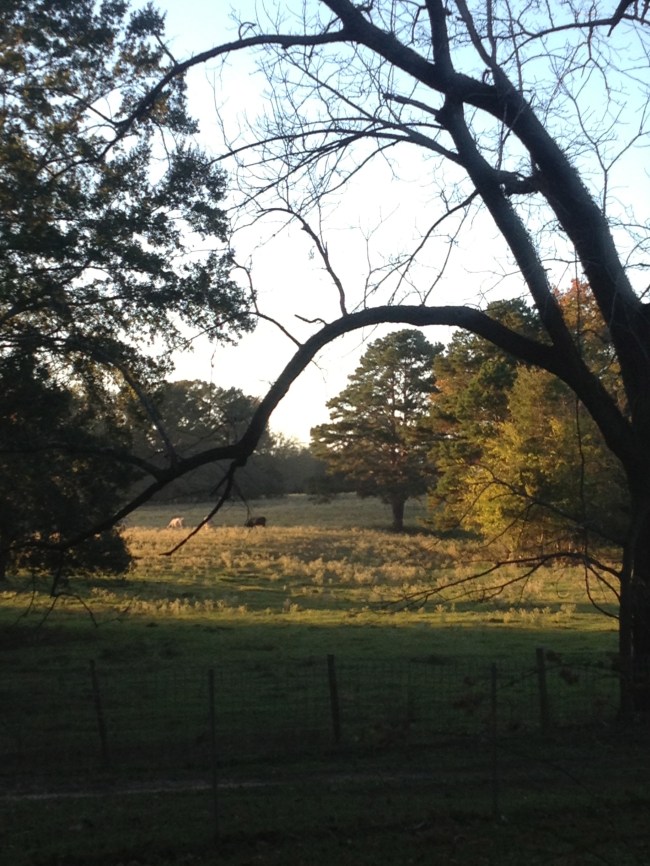Another end of October, another Halloween. Given our weather today, that seems appropriate. Gray drizzly skies at best, with spates of lightening, thunder, and rain. Oh, and add that we’ve been under tornado watch on and off, and that makes today perfect for Halloween.
Not that I’ve decorated or have any candy to give out. No, I leave my porch light off now on Halloween — and even if it were on, there are few if any trick-or-treaters around. Now it’s more common for cities to designate a particular day for trick-or-treating, and also for neighborhoods to have very localized house-to-house routes.
After all, it’s become too dangerous over the years, what with needles in apples and candy, poisons and other chemicals laced into candies, and the like.
Years ago I used to decorate and have candies and goodies ready — but for my friends’ children. Those children are all grown up now, and as that happened, I got out of the Halloween practice.
But what a difference from the carefree, safe days of the 1950s and 60s in Egan. For weeks and days ahead, we planned what to wear — homemade costumes or inexpensive purchased costumes.
Another ritual involved figuring out what to give out to trick-or-treaters who knocked at our door. (And that was, of course, part of the excitement — never knowing exactly what goodies you’d end up with). At our house, Mother would always have small brown paper bags already put together, with assorted miniature candies inside each. Other mothers also prepared their treats; some were even homemade. Anticipating Aunt Margaret’s luscious popcorn balls for days, I always saved those for last to eat. I wanted to savor them. Those almost-pure-sugar, filled with who knows what kinds of dyes, treats, formed into various shapes? Yummy. Sometimes chocolate candies, often miniatures. M&Ms. Double-Bubble gum. Sweet and sour candies.
And don’t forget toys. Often some houses had goodies other than candies.
Our rounds of trick-or-treating usually followed the same format. First, we’d simply go from house to house in the Sun Oil camp. With nine houses, we’d finish up our first take and then bundle up in cars. Our mothers would drive us to friends’ houses elsewhere around the area. Sometimes, they’d drop us off and then pick us up several houses later. I still remember the rush of holding out my pillow case at one house with my friend Charles and my brother and sister holding out theirs, then running off– giggling and stumbling — to the next house. And the next.
By the time our mothers called time, we usually had our pillowcase bags filled.
Back at home, we’d sit in the living room floor far enough apart to dump out our pillowcases, sorting the take of the evening into piles so that we knew what we had. Usually then some trading followed. Then we started eating.
That could go on for days. Not only did we have our own bags of loot, but also the leftovers from what Dad hadn’t given out.
Sugar rushes and crashes followed with abandonment.
Ah — that’s the word I’ve been searching for: abandonment. That’s the perfect word to describe how it felt each Halloween night, costumed and free to roam — without any fear. We had no inking that by the 70s it would be necessary to x-ray candy (hospitals often offered this free of charge) because of pins or needles or other objects inserted into candy. Homemade candy was on the way out as a choice simply because it was too easy to mix toxic materials into batters. By then, children were allowed to keep homemade food items and candies only if the parents knew the people who gave those things out.
In graduate school, we had our own adult Halloween parties requiring costumes. I remember one that required us to dress as our secret desires. The last several parties I attended involved putting together costumes.
In the 80s, I went in a white pants suit with a flamboyant shirt, had Monopoly money sticking out of my pockets that I could give away — I went as Edwin Edwards, the popular Louisiana governor who was subsequently sentenced to a prison term for felonies involving gambling and money. Released for a few years, he can now be seen on a new reality television show, “The Governor’s Wife,” with his third wife, her teenage sons and his 60ish daughters as they squabble about all sorts of things, involving the newlyweds’ efforts to conceive using his frozen sperm. Still a colorful figure, obviously.
Another costume that I used a few times was one I made — long plain blue dress, white apron and headdress, along with roller skates: depending upon my mood, I was a) The Blue Nun, b) Our Lady of Perpetual Motion, or c) The Holy Roller. Believe it or not — and many of my friends who know how clumsy I am will find this nearly impossible to believe — I never fell off the skates! (Though I may well have simply removed them at times knowing the danger.)
At one party where I wore that costume, friends wore cleverly planned costumes. One couple came as Princess Grace (with a steering wheel around her neck) and a mourning Frenchman. Another came as a stock market crash — think of bandaids and wounds. Someone was a monk — we had fun posing together. My friend Tom Fox put on his old Army uniform and came as General Macarthur. Tom was good at ideas for costumes — at the party where I wore the Edwin Edwards costume, he dressed up as Indiana Jones, complete with hat –and because he was tall and lanky, he even resembled the film character.
The last costume I made was for a Halloween party immediately following Hurricane Rita. I cut up a blue tarp, made a poncho, and went as a blue roof. I didn’t win for best costume. I think maybe my friend Derek did; he went as a hurricane. (Imagine a hardhat with a small circular hood attached, onto which a shower curtain was hooked. Inside, Derek held a water pistol. Yep. Hurricane. That same party, I think, offered a Trailer Trash Barbie, a guy in a short nun habit (with fishnet stockings), and many other inventive costumes.
One couple I know doesn’t like dressing up. Their offering (and one I like to adopt): Trick or Drink. Think about it. It’s fun.
Tonight, though the weather has improved, I guess some kids will go from door to door in their neighborhoods in costume, raking in whatever is waiting for them.
I may drop over at my friend Carolyn’s house. She always dresses up to give out her candy. Though I have joined her in costume at times, I don’t think I’ll dress up tonight.
I’ll just yell “Trick or Drink” and wait for my reward.






